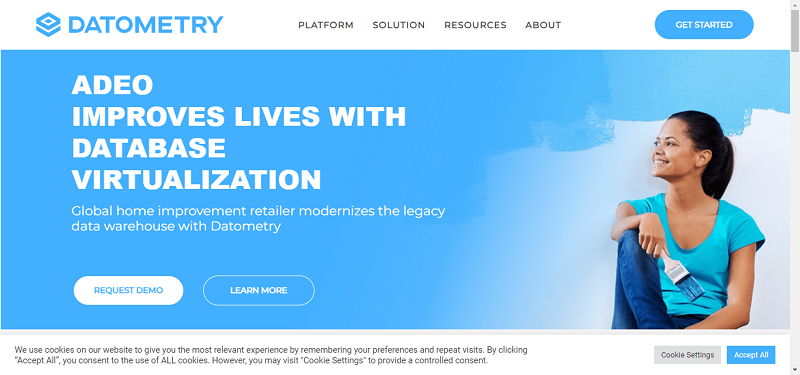Quality customer service solutions are as essential to any startup as the quality of their core products and services. With today’s range of service delivery channels, businesses can offer support with innovative approaches that ensure customer satisfaction in a convenient manner. Mobile applications put solutions at clients’ fingertips, allowing users to search for their own solutions, log support requests and schedule appointments, and notifying customers of network maintenance and status can be smoothly managed.
Randstad Technologies has provided some insight into service delivery channels based on its experience helping companies improve their service desk efficiency and end-user satisfaction. As reported by PR Newswire, their support service has assisted 5 million customers in 5 years. Solutions director, Jeff Brandt, notes the importance of refreshing customer support with the swiftly advancing supporting technologies.
Self-service options are becoming popular through both mobile and social technology. One US organization reportedly reduced calls to their manned service desk by 30% with the rollout of self-service. Self-service solutions give organizations the ability to plan and action specific issues such as upgrades, move requests, and service changes with an efficient and organized approach that doesn’t tie up help desk personnel.
(Infographic Source: Randstad)

Virtual support through online chat is another quick and easy option, without customers needing to contact the service desk. The use of forums, Facebook and Twitter for the provision of support and service alerts is also becoming more popular, allowing businesses to communicate with a large group of customers at once. But the traditional telephonic and face-to-face customer support channels must also be sustained for unique queries and customers preferring the personal touch.
Venture Beat provides a list of 10 cloud-based help-desk services, while warning of the perils of providing poor customer service. Social networks can certainly be used to great effect when offering solutions, but also provide customers with a worldwide platform for airing their woes. Help desk software can flag and respond to customer complaints before they go viral.
Some of the examples include, Awesomatic exists inside your app, giving users support without the need to first redirect them. Desk.com can field questions from phone calls, email, Twitter and Facebook; and Freshdesk provides similar support options with built-in ticket time-tracking and the ability for help-desk personnel to earn points for their support. Zendesk’s observation that customers are four times more likely to use self-service systems as call for help has focused its product and also offers a community discussion portal to build relationships outside of support. With the range of solutions available, there’s no need to be caught with a deficient help-desk.
By Jennifer Klostermann





